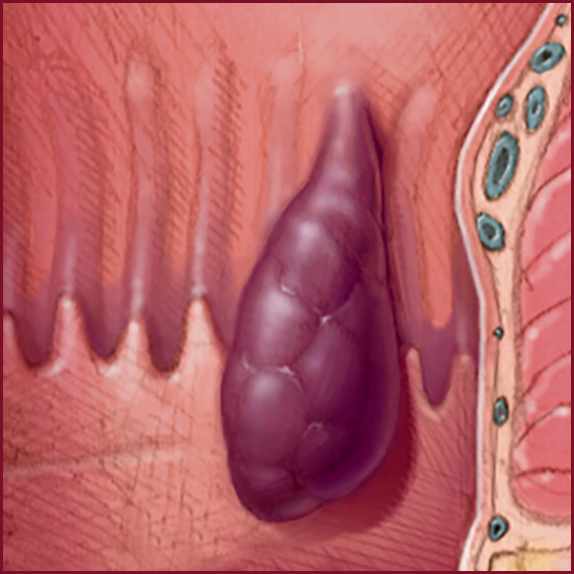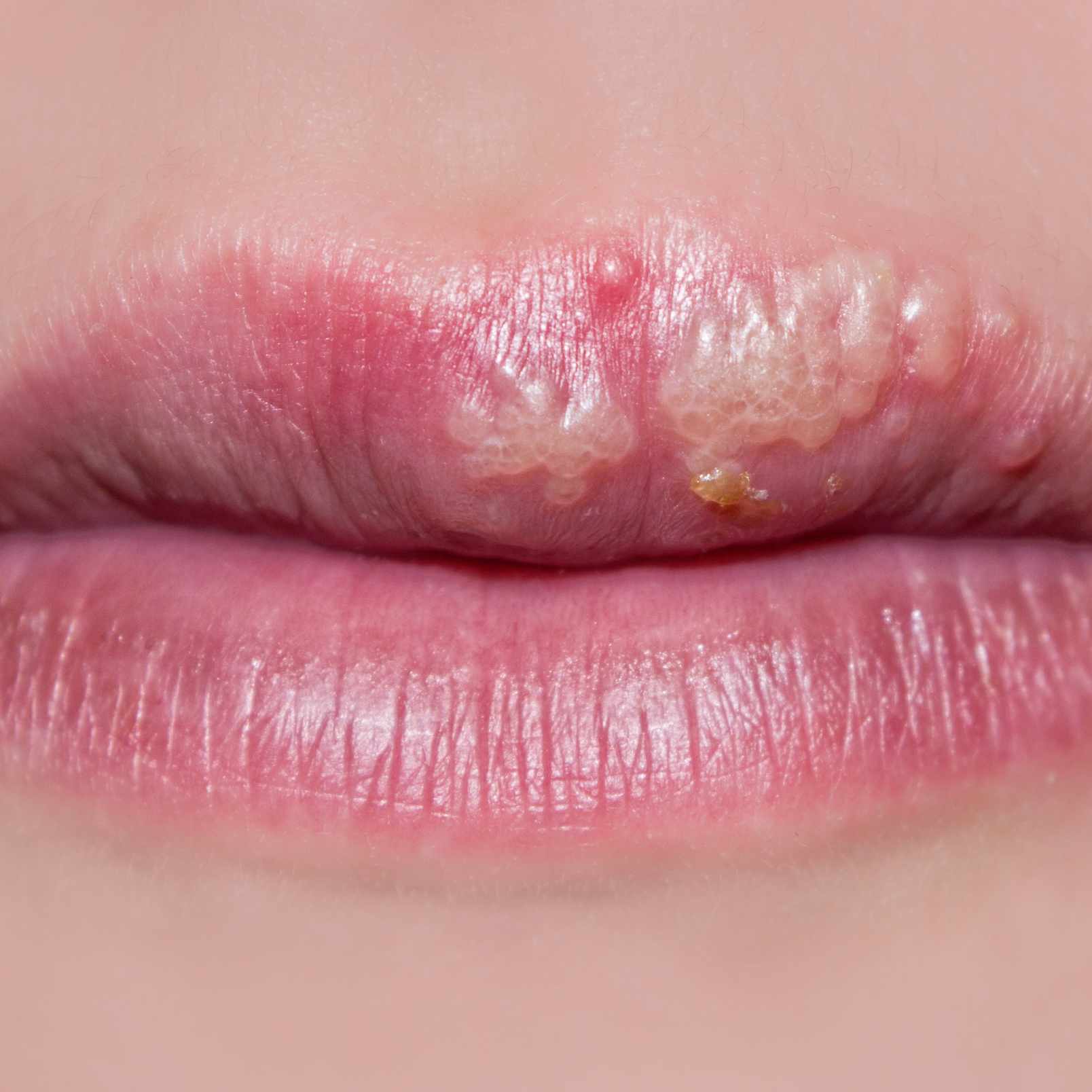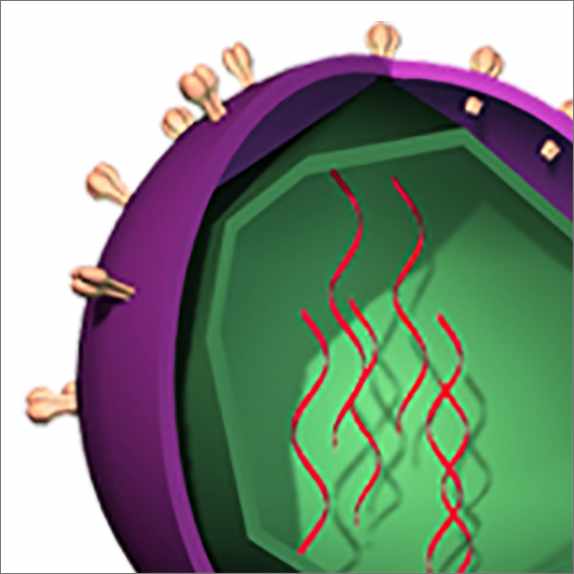Mayo Clinic Q & A

November 7, 2023
DEAR MAYO CLINIC: My friend had a stoma created after years of managing Crohn's disease. She recently had surgery to repair a hernia. What is[...]

June 7, 2016
Explore more topics
 Sign up
Sign up

Mayo Clinic Connect
An online patient support community











